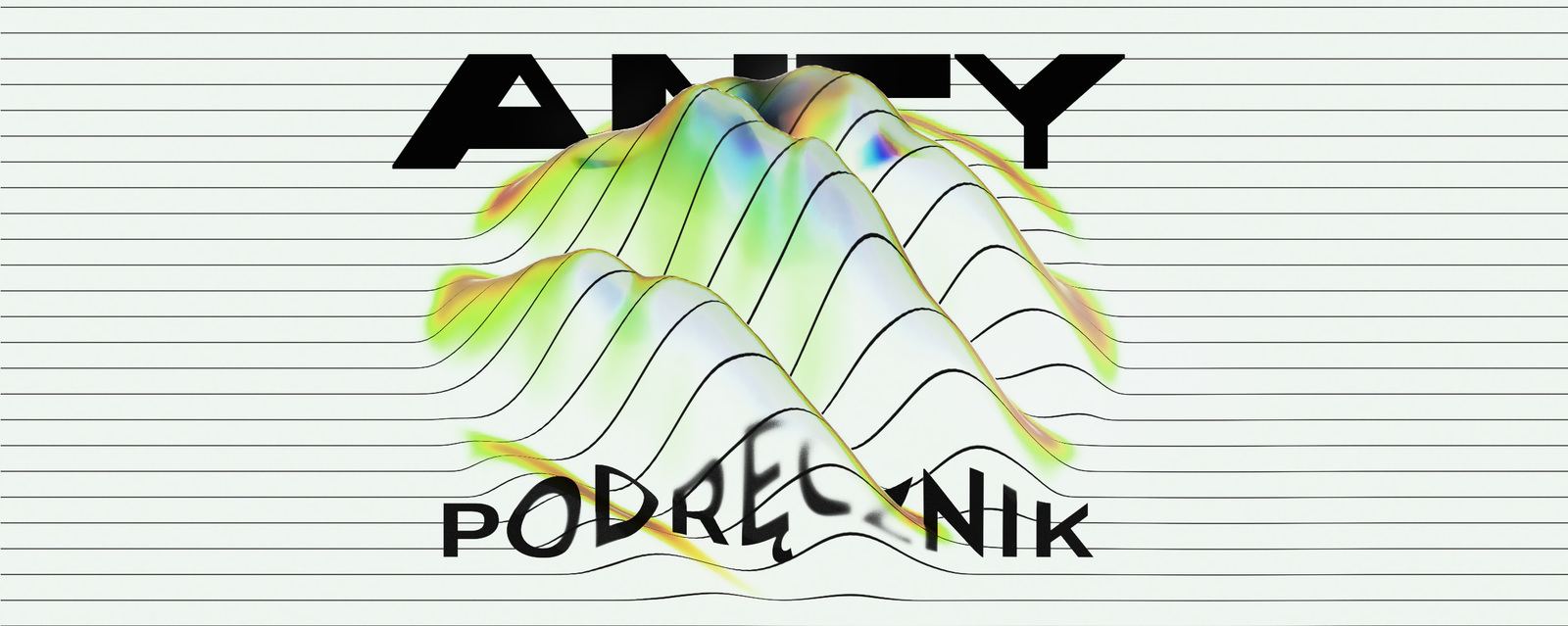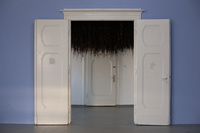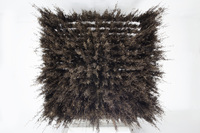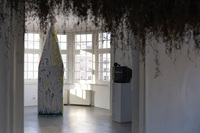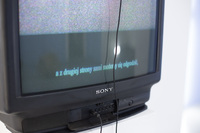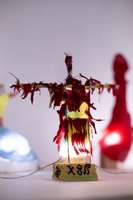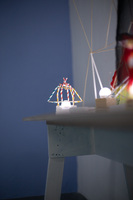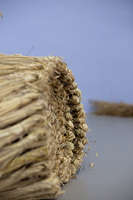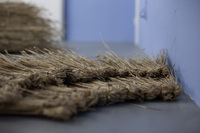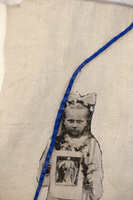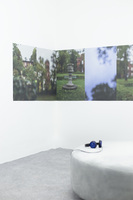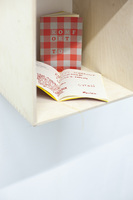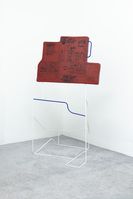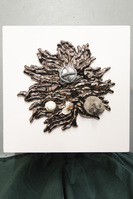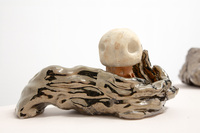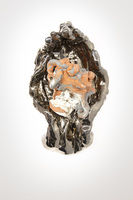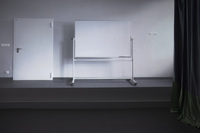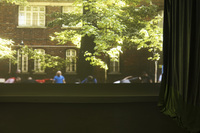The project, "Anti-handbook. How to Build an Invisible Place" uses art as a tool to work with fears and traumas, bringing together invited artists, patients and staff of the Hospital for the Nervously and Mentally Ill in Rybnik.
It presupposes a temporary suspension of the standard rules and procedures of the institution. Part of the process is to transcend the modus operandi of a total institution, in which therapists and patients are separated, drawing a line between what is considered normal and what is subject to medicalization and, at the same time, exclusion from the social space with its entrenched categories of utility and productivity.
One of the important elements of the collaboration undertaken in the project is the criteria of a-hierarchy encouraging the exchange of competencies and learning from each other. This theme is part of the title's notion of an anti-handbook, signaling activities that elude description, directed at process, stimulating creativity and self-awareness, aimed at building a temporary community instead of creating objects within the traditionally understood visual arts activities included in standard therapeutic methods.
Antihandbook as a neologism expressing the impossibility of formulating a single method of working with the psyche in crisis emphasizes the importance of the activities of artists undertaken in-situ, without the ambition of a holistic, systemic approach, rooted in a specific situation and time.
The background for the activities carried out is the historic architecture of the institution. The buildings of the various wards and the surrounding park were treated as lenses focusing the sediments of the past, condensing silenced voices, forgotten stories. In the architecture of the hospital complex, as in any aging organism full of congestion, tension, rheumatic pains and traces of past injuries, one can find many deserted rooms, labyrinthine corridors, disused staircases, padlocked doors, empty cabinets, unused objects, illegible inscriptions scratched on the wall surrounding the hospital grounds.
The use of the hospital's architecture as a tool for working with the memory of male and female patients reveals the ambivalence inherent in the title's invisible place, understood on the one hand as an institution relegated to the margins of social visibility, and on the other hand as a safe inner space, the construction of which is inscribed in the process of returning to mental equilibrium.
- Exhibition
- 18 November 2023 ‒ 5 January 2024
- artists: Paweł Błęcki, Jagoda Dobecka, Magdalena Franczak, Jolanta Jastrząb, Natalia Kopytko, Barbara Kubska, Dominik Ritszel, Paweł Szeibel, Karolina Grzywnowicz
- curator: Marta Lisok
- curatorial collaboration: Dominik Ritszel, Jolanta Jastrząb
- opening: 18.11 (Saturday), 7:00 - 9:00 p.m.
- concert: Monument Zero, 8:00 p.m.
- identification: Marcin Wysocki
- photo documentation: Marcin Wysocki
- nomination in the 23rd Śląska Rzecz competition in the exhibition category, participation in post-competition exhibition
